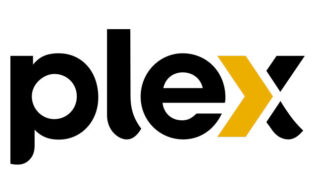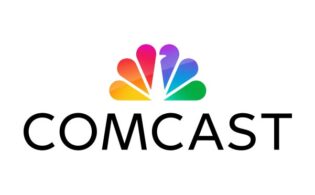Net income at Comcast Corporation in Q4 rose almost 47 percent to $4.8 billion on revenues that were 2.1 percent higher at $31.9 billion.
“We had the best financial performance in our company’s 60-year history with record revenue, EBITDA and EPS along with significant free cash flow,” said Brian L. Roberts, chairman and CEO. “Driving these results were the many accomplishments our teams have made across our six growth businesses, including 5 percent connectivity revenue growth in an intensely competitive environment, another 1.2 million mobile line additions, and a 5 percent increase in revenue for Business Services. We also had strong performance from our Studios, where we ranked number two in worldwide box office, and at Peacock, where we delivered revenue growth of 46 percent, fueled by a diverse slate of sports and entertainment content, including the incredibly successful Paris Olympics. Looking ahead to 2025, we are excited about our Comcast Business acquisition of Nitel, the opening of Epic Universe and bringing the NBA and WNBA back to NBC and on Peacock. We’re positioning our company for the future, and the Board’s confidence in our path forward is underscored by today’s announcement that we are increasing our dividend for the 17th consecutive year.”
Content & Experiences revenues gained 5 percent to $12.1 billion. Of that, media revenues were up 3.5 percent to $7.2 billion, driven by a 5 percent increase in U.S. distribution revenues, lifted by Peacock gains, and a 4.1 percent increase at the international networks, with U.S. ad revenues flat. Studios revenues were up 6.7 percent to $3.3 billion, boosted by a 50 percent hike in theatrical revenues in a quarter that included Wicked and The Wild Robot, with content licensing revenues flat at $2.4 billion. The theme parks delivered stable revenues at $2.4 billion.
In the Connectivity & Platforms segment, revenues were flat at $20.5 billion, with the number of customer relationships falling by 58,000 to 51.6 million. The company shed 311,000 video customers in the period—down from 389,000 the year before—to reach 12.5 billion customers.






